I have a bottom border that I generated after following the answer here.
This works absolutely great except the border isn't the right width. It's set with constraints to match the width of the button below it but as you can see is coming up short.
What am I missing?
Code :
extension UITextField
{
func setBottomBorder(withColor color: UIColor)
{
self.borderStyle = UITextBorderStyle.none
self.backgroundColor = UIColor.clear
let width: CGFloat = 3.0
let borderLine = UIView(frame: CGRect(x: 0, y: self.frame.height - width, width: self.frame.width, height: width))
borderLine.backgroundColor = color
self.addSubview(borderLine)
}
}
then in the VC :
override func viewDidLoad() {
authorNameOutlet.setBottomBorder(withColor: UIColor.lightGray)
}
Then Xcode shows...
but the simulator shows...
I've tried this both setting the width of the text field to be 0.7 x the superview width (same as the button below it) and also setting the width of the text field to be equal width of the button but neither works.

